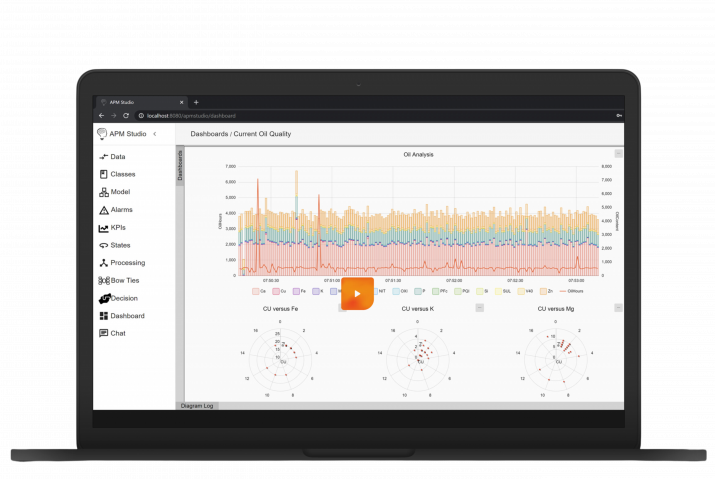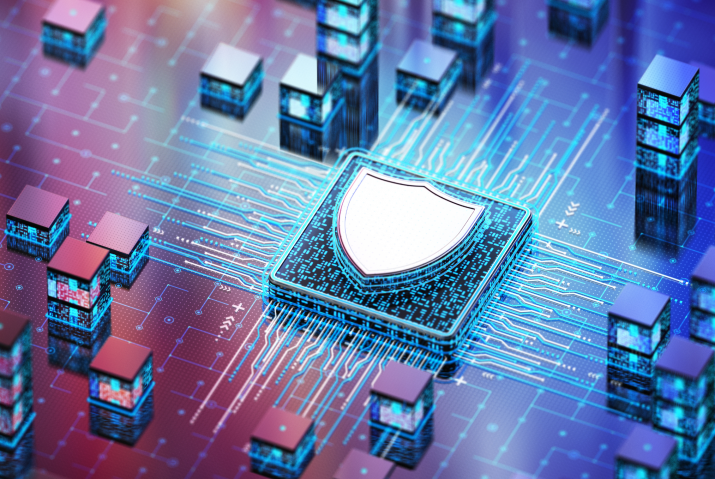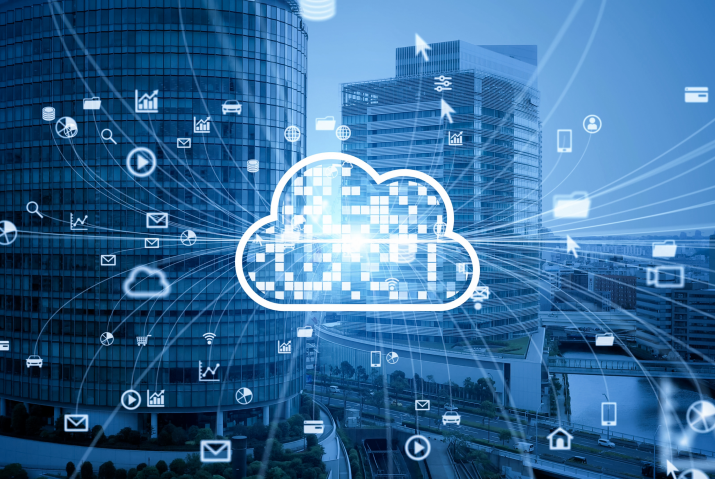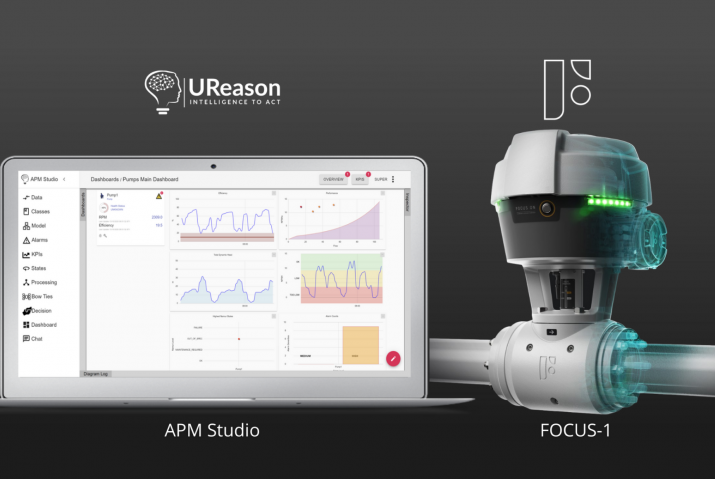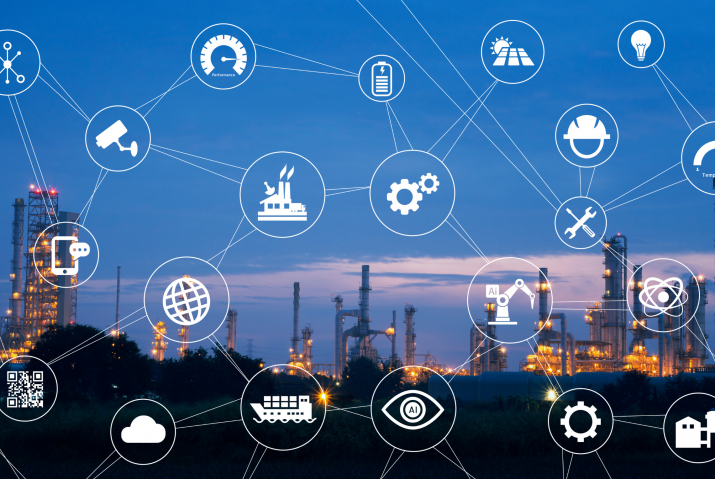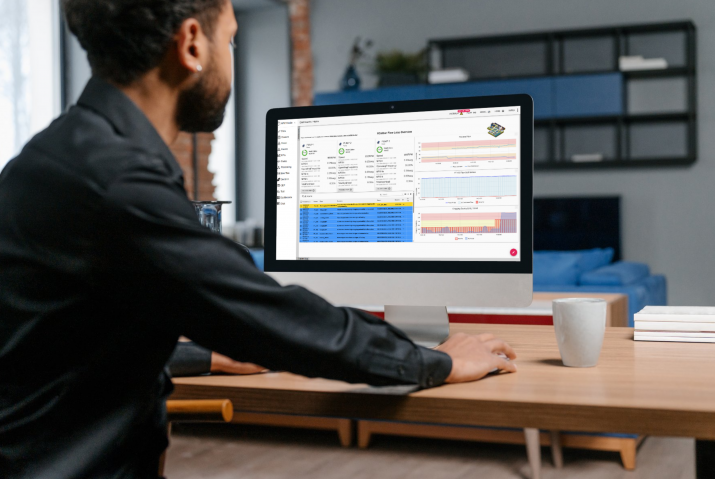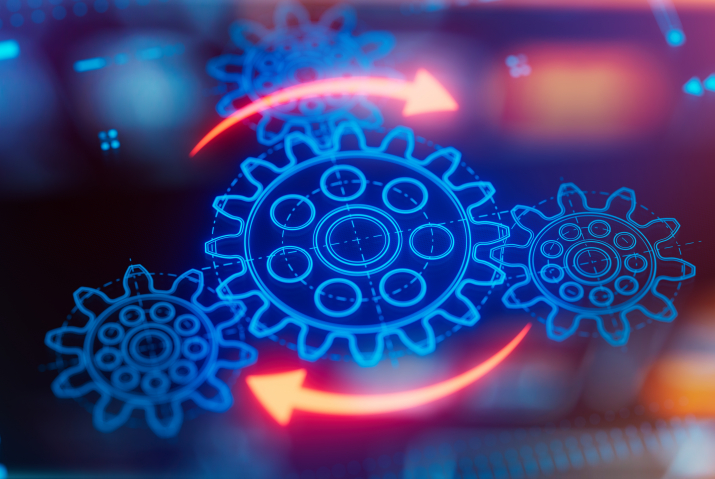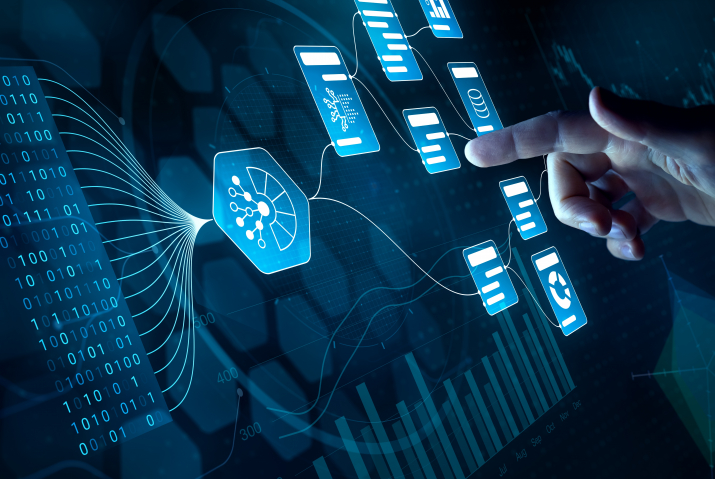A control valve is controlled using various methods and devices to adjust its position and regulate the flow of a gas or liquid through a process pipeline or system. The primary purpose of controlling a valve is to maintain a desired setpoint (SP) and control a specific process variable (PV).
Common methods and devices used to control a control valve are:
1. PID Controller:
- The most common method for controlling a control valve is by using a PID (Proportional-Integral-Derivative) controller. The PID controller continuously calculates an error signal as the difference between the desired setpoint (SP) and the actual process variable (PV).
- The PID controller generates a control output (CO) based on the error signal and the tuning parameters (proportional gain, integral gain, and derivative gain). This control output is typically in the form of a 4-20 mA electrical signal or a pneumatic signal (in older systems).
- The control output is sent to an actuator, which adjusts the position of the control valve based on the control signal received from the PID controller.
2. Actuator:
- An actuator is a device that physically moves the valve’s stem or plug to control the flow rate. Common types of actuators include pneumatic actuators, electric actuators, and hydraulic actuators.
The actuator receives the control signal from the PID controller and translates it into mechanical motion to open or close the valve. - Actuators may also have position feedback devices (e.g., positioners) to provide information on the valve’s actual position (the MV) and allow for precise control.
3. Positioner:
- A positioner is a device often used in conjunction with the actuator to provide fine (precise) control and accurate positioning of the valve.
- It receives the control signal from the PID controller (CO) and adjusts the actuator’s position to ensure that the valve’s actual position (MV) matches the desired setpoint.
4. Manual Control:
- In some cases, control valves can be manually operated by an operator who adjusts the valve’s position based on observations or process requirements. Manual control is typically used for less critical processes.
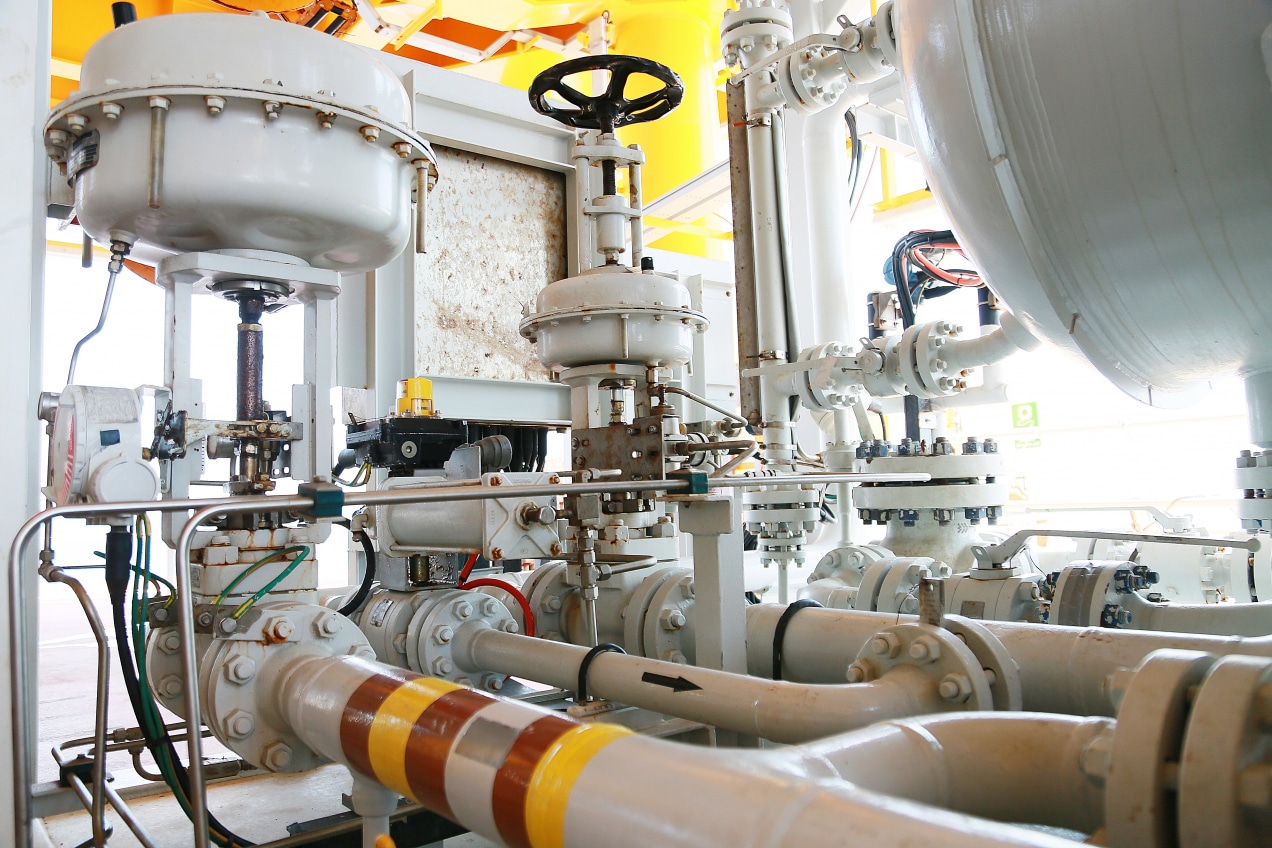
5. Digital Control Systems:
- Modern control systems often use digital control technology, where the PID controller and other control logic are implemented in software and run on a digital controller (e.g., a programmable logic controller or a distributed control system).
- Digital controllers can provide advanced control strategies, data logging, and remote monitoring capabilities.
6. HART and Fieldbus Protocols:
- Many control valves and field instruments support communication protocols like HART (Highway Addressable Remote Transducer) and fieldbus Fieldbus (e.g., FOUNDATION Fieldbus or PROFIBUS). These protocols allow for digital communication between the control valve, the PID controller, and the control system, enabling more sophisticated control and diagnostics.
7. Autonomous Control Valves:
- Autonomous Control Valves, sometimes referred to as self-operating or self-contained control valves, are a type of control valve that can operate without external control and or power sources, such as electricity or pneumatic pressure. These valves use self-contained mechanisms to regulate the flow of fluids based on changes in the process variable (e.g., pressure, temperature, or flow rate) without the need for continuous human intervention or external control systems.
- An example of an Autonomous Control Valve is the FOCUS-1 device. It embeds UReason’s APM/APM-Studio to provide diagnostic, predictive, autonomous control and alarming models that run on the FOCUS-ON electronics.
8. Safety Systems:
- In critical applications, safety systems may be integrated with control valves to ensure safe operation. These systems can include emergency shutdown (ESD) functions and fail-safe actuators.
Overall, the control of a control valve involves a combination of control algorithms, feedback mechanisms, actuators, and communication systems to ensure that the valve responds accurately to changes in the process variable and maintains control within desired limits. The choice of control method and components depends on the specific requirements of the process and the level of control precision needed.

